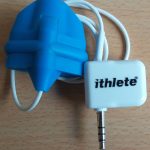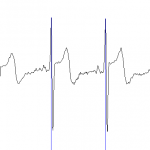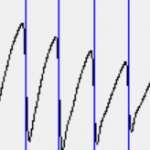Points to consider
In a previous buyers guide, we have looked at some important points to consider when choosing a suitable actigraph for scientific research.
Today, however, we will focus on another substantial player in the wearable field, namely the ambulatory heart rate monitor.
As traditional heart rate (HR) monitors are quite bulky and often feature many cables, they are not very suitable for measuring patients in their daily life settings. Hence, measurements taken with such devices often lack ecological validity (although their complexity does potentially offer better data quality; good enough for cardiologists to diagnose all but the most outlandish cardiac arrhythmias).
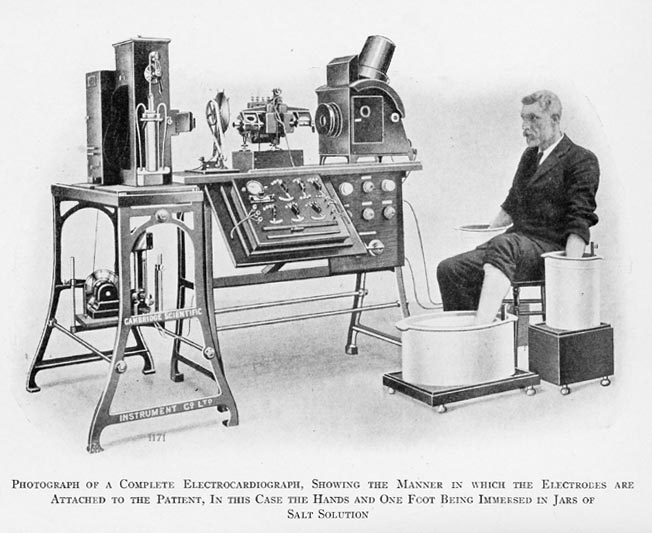
Ambulatory heart rate monitors sacrifice some of the detail of hospital-grade HR devices for to make them wearable under daily life settings. Thus facilitating the development of early warning systems for cardiac problems, or ambulatory collection of heart rate data.
If you are looking to use such mobile heart rate monitor in your own study, the following points might be worthwile to consider:
Same goal, different solutions
First things first, while your goal might be to simple measure HR, or perhaps more precisely, to collect series of Interbeat-Intervals (IBI’s), there are multiple ways to do so.
Two common methods are Electrocardiography (ECG), and Photoplethysmography (PPG). In short, ECG measures the electrical activity of the heart, while PPG optically measures blood volume change. Both can be used to derive HR and IBI series, but do so in a different manner, which can have important consequences for your study.
Moreover the data obtained with both device look very different. As ECG is based on electrical pulses, its signal shows very sharp and distinct r-peaks. As PPG measures blood volume change, its data shows much broader peaks. Also, because PPG is often measured at the extremities (fingers, earlobes), there is often a delay before the pulse is registered when compared to whose electrical signal travels much faster.
Better user comfort, better results
Depending on the design of your study, the time participants have to wear the HR monitor will differ. Some will opt for continuous 24 hour measurements, while others might want to measure participants for longer periods of time, possibly months.
While short term continuous measurements are very feasible and common, long term continuous measurements are often not feasible, for a number of reasons. For example, ECG measurements require the HR monitor to be attached to the chest of the participant with electrodes. The glue of these electrodes will cause skin irritations when used over longer periods of time, causing low participant compliance.
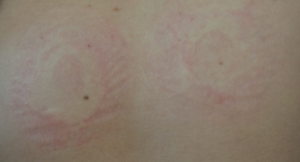
Skin irritation caused by ECG electrodes.


